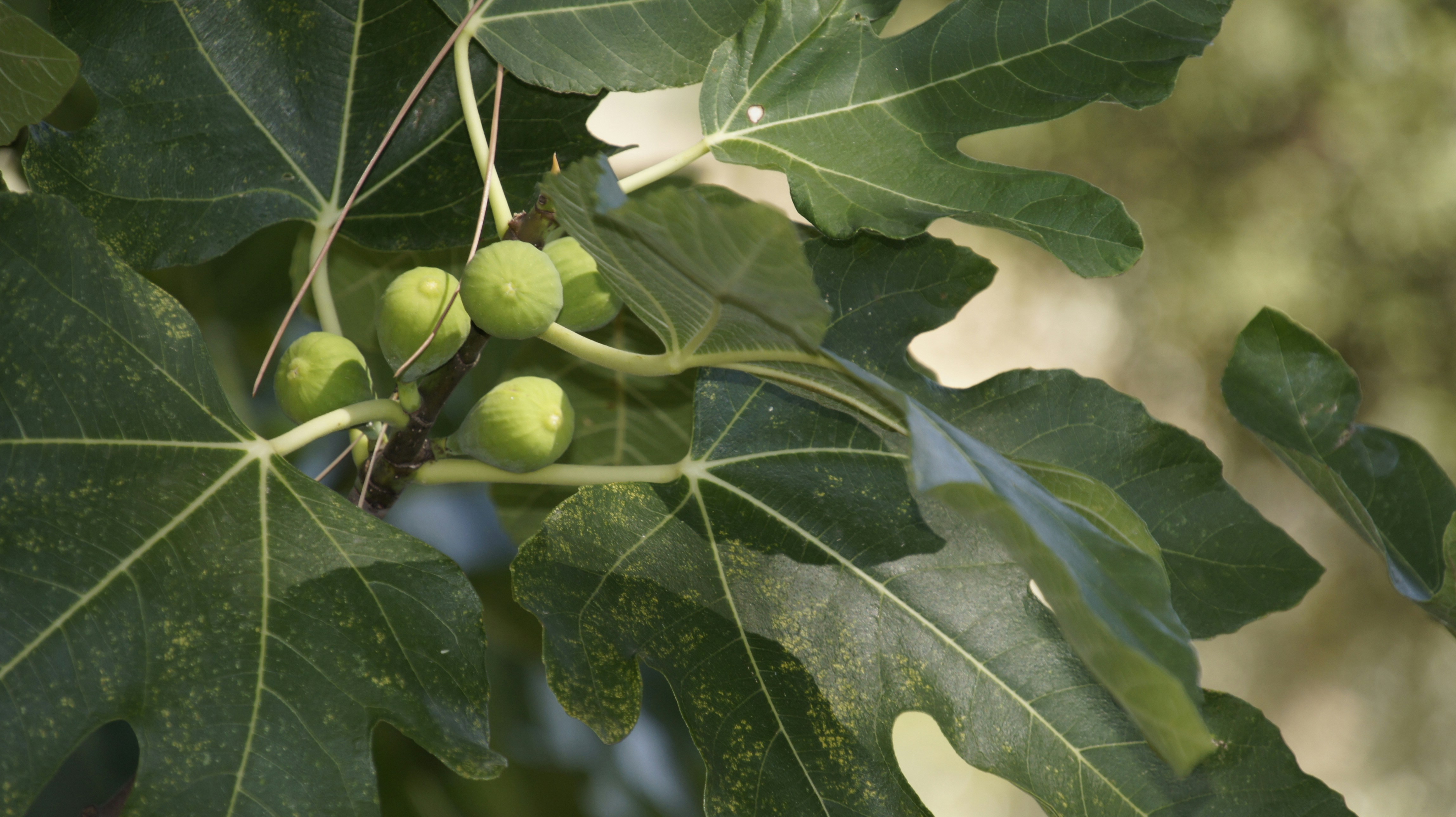
Growing Figs in UK Gardens: Drought-Tolerant Fruit Trees
Oct 29, 2025Why figs deserve a place in every garden
When figs crop, they’re pure indulgence: sun-warmed, honey-sweet, and bursting with flavour. Few fruits feel as decadent straight from the tree — and the best part is, once established, figs are also incredibly low-maintenance and drought-tolerant. These figs are all hardy in USDA zones 7-10. If you're somewhere really cold like the Scottish Highlands, opt for the Desert King (USDA zones 6-9).
They thrive in poor, dry soils, need little care beyond a yearly prune, and look just as good as ornamentals with their bold leaves and sculptural shape. In short: figs are one of the finest examples of a sustainable, productive, and beautiful garden plant.

Can figs grow in the UK?
Yes — but not all of them. Worldwide, there are hundreds of fig varieties (over 700 named cultivars). Most require pollination by the fig wasp, which isn’t found in the UK.
Instead, UK gardeners grow parthenocarpic varieties — those that set fruit without pollination. These produce reliably even without fig wasps.
Best fig varieties for UK gardens
Some excellent choices include:
-
Brown Turkey – the classic UK fig. Hardy, reliable, and crops well outdoors.
-
Desert King – a heavy cropper, especially good in cooler regions.
-
Rouge de Bordeaux – smaller tree, richly flavoured fruit.
-
Pedro – compact, early ripening, yellow skinned, good for container growing.
With warmth and shelter, these figs will fruit happily in the UK — and need far less water than apples, pears, or annual crops.
How to grow figs successfully
-
Choose a sunny, sheltered spot: South-facing walls are perfect.
-
Restrict the roots: Plant in a container or a lined pit to encourage fruiting. NOTE: if you're growing figs in a container, and you let it completely dry out, the fig will shed ALL it's leaves very suddenly! You'll lose your crop if this happens but the tree won't die. This is a drought survival strategy and although it looks disastrous, it's exactly this trait that makes them hardy to drought. No leaves = no transpiration (sweating) and water is conserved in the trunk and roots.
-
Mulch deeply: Retains moisture and supports soil life.
-
Minimal feeding: Too much nitrogen = leaves instead of fruit.
Beyond figs: other drought-tolerant fruit trees
If you want to diversify, consider:
-
Mulberry – resilient, long-lived, and heavy cropping.
-
Medlar – quirky heritage fruit that thrives in poor soils.
-
Almond – possible in sunny, free-draining sites.
-
Persimmon – surprisingly drought-hardy once established.
Together with figs, these make a fruit garden that’s both indulgent and future-proof. (see my previous blog post!)
The bigger picture
Figs prove that gardening doesn’t need to be hard work or conventional. With the right varieties, you can enjoy luxury harvests while planting for climate resilience and biodiversity. They’re the perfect symbol of what a self-sustaining garden can be: less effort, more beauty, and food that feels like a treat.
Next steps
-
Want more unusual, resilient crops? Download the Edimentals free guide for plants that are both edible and ornamental.
-
Ready to start gardening in a low-effort and abundant way? The Self-Sustaining Garden course shows you how to choose, plant, and manage edible ornamentals as part of a garden that provides effortless food.
Garden Footprint's aim is to make gardens low-maintenance, beautiful and edible. Check out our courses to start your journey!
Stay in the loop with Garden Footprint updates from Mike
Don't worry, your information will not be shared.
We hate spam. We will never sell your information, for any reason.

